Benefits of Leaf Litter Mulch in the Garden and How to Make It
Every fall, I look around my yard and see one thing: piles and piles of leaves. For years, raking and hauling them away felt like an endless chore. But here’s the thing—I was literally throwing away garden gold!
Now, instead of bagging leaves up, I turn them into leaf litter mulch—a free, eco-friendly mulch that feeds the soil, protects my plants, and even helps pollinators through the winter. And the best part? My garden thanks me for it all year long.
In this post, I’ll share:
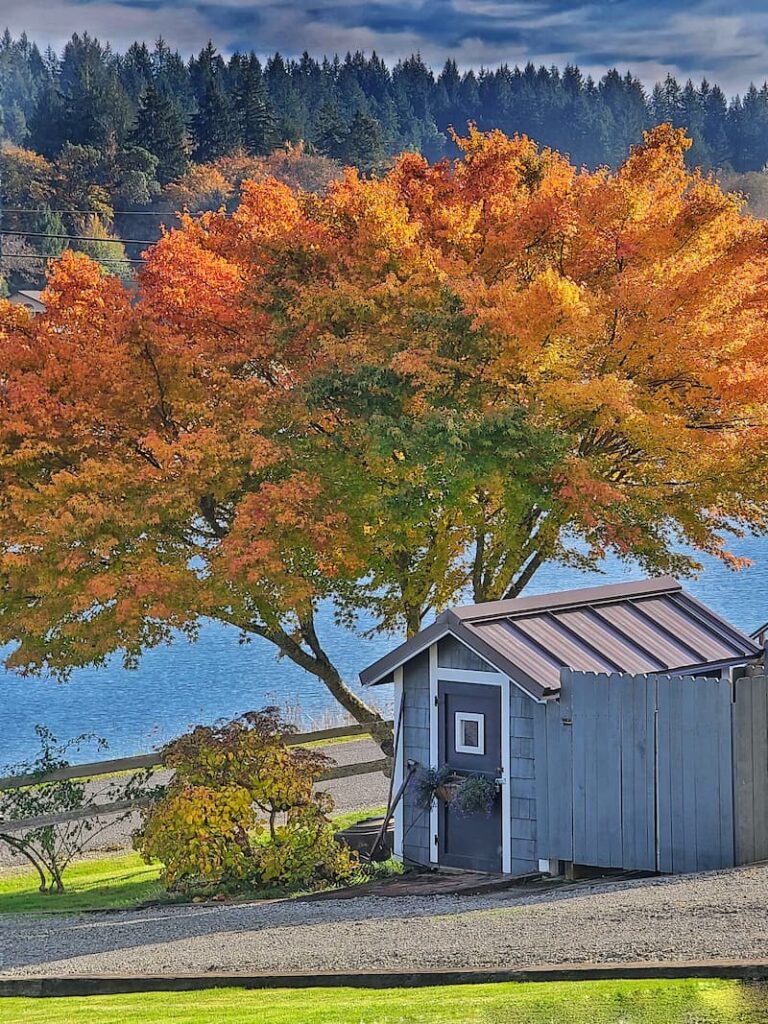
As an Amazon affiliate, I earn a commission from qualifying purchases at no additional cost to you. My blog also features other affiliate links for your convenience. Click here to read my privacy policy.
What Is Leaf Litter Mulch?
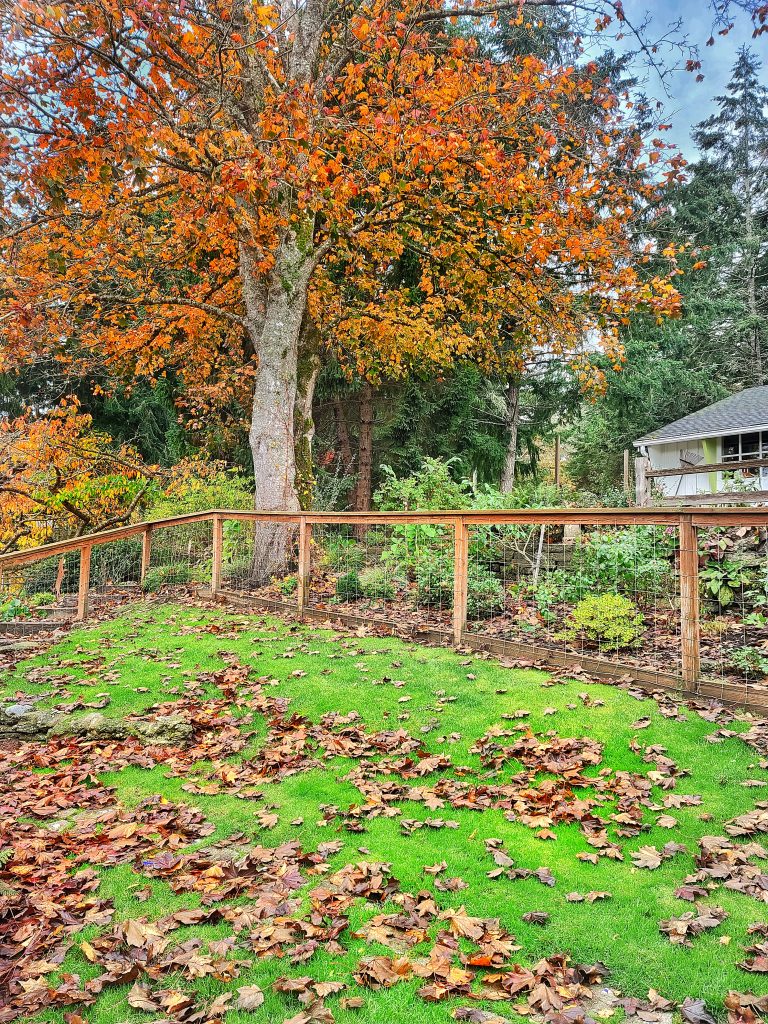
Leaf litter mulch is exactly what it sounds like: fallen leaves spread across your soil as a protective covering. Over time, those leaves break down, enriching your garden with organic matter.
Think of it as nature’s recycling system—trees drop leaves, they decompose, and the soil becomes healthier. By shredding and spreading them, you’re speeding up what nature already does best.
Does It Matter What Types of Leaves You Use?
Yes and no. Most leaves will work just fine, but here are a few things to keep in mind:
Quick tip: Avoid using leaves from diseased plants, and mix up the types you use for the best nutrient balance.
The Benefits of Using Leaves As Mulch In the Garden
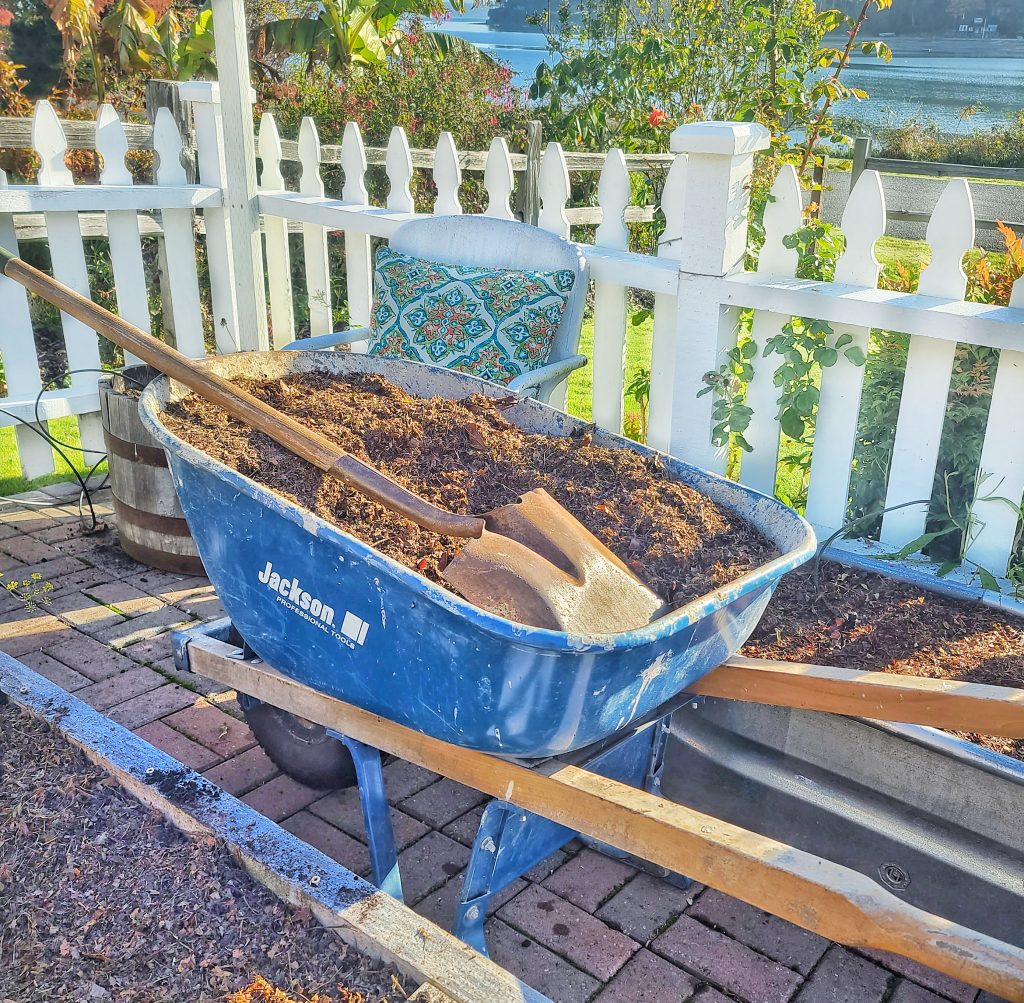
So why go through the effort of mulching leaves instead of tossing them in the yard waste bin? Here are the big wins:
How to Make Leaf Mulch in 3 Easy Steps
1. Gather Fallen Leaves
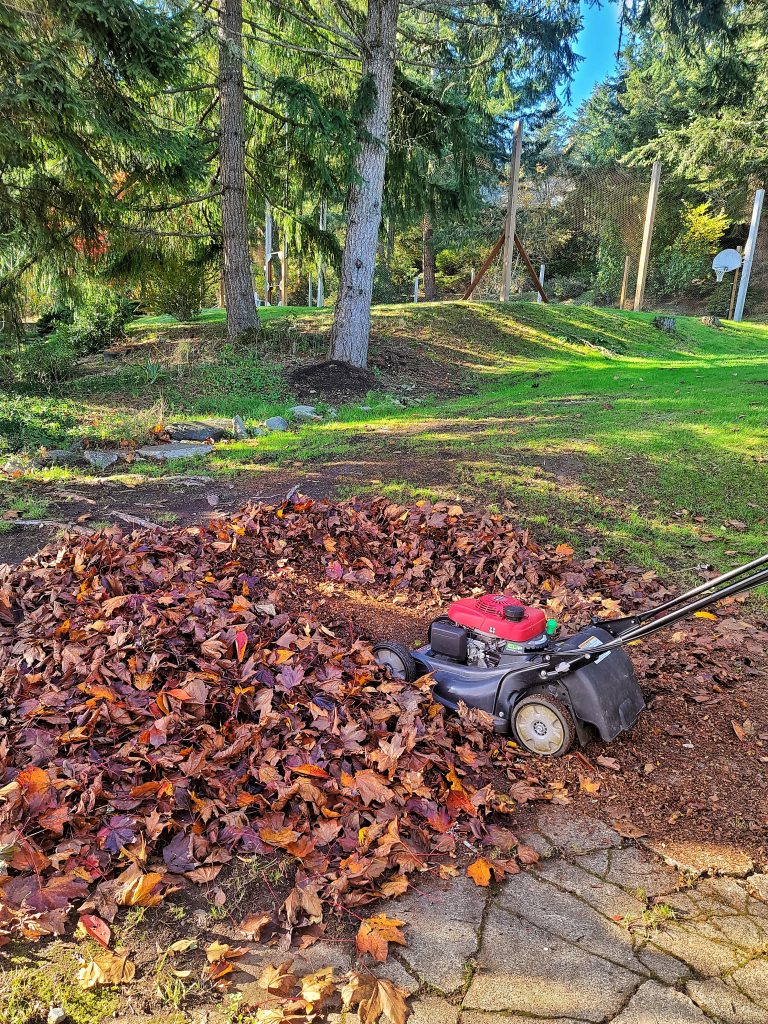
Rake or blow the leaves into piles. A tarp makes hauling them easier if you have a lot. Old leaves work too, just know they’ll take longer to break down.
2. Shred or Chop the Leaves
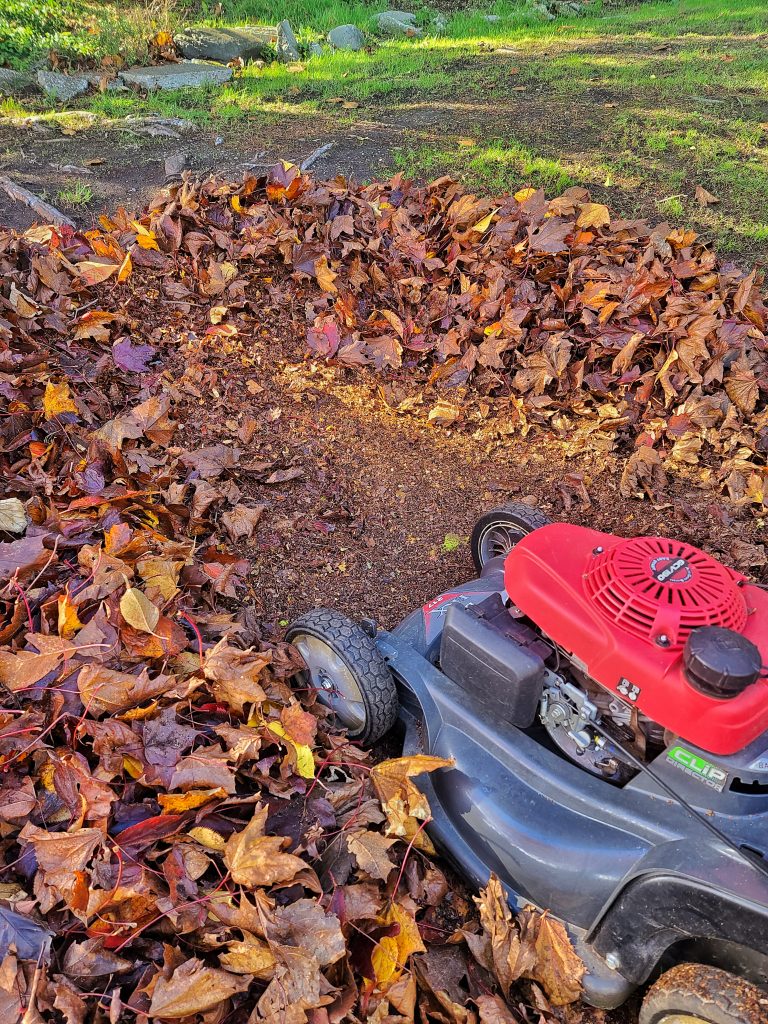
Run over the leaves with a mulching mower, or use a leaf shredder. Smaller pieces decompose faster and won’t mat down as easily.
Tip: Set your mower blade a bit lower in the fall and mow regularly as leaves fall. It saves you from having to rake giant piles all at once.
SHOP FOR MULCHING MOWERS BELOW
3. Spread the Mulch
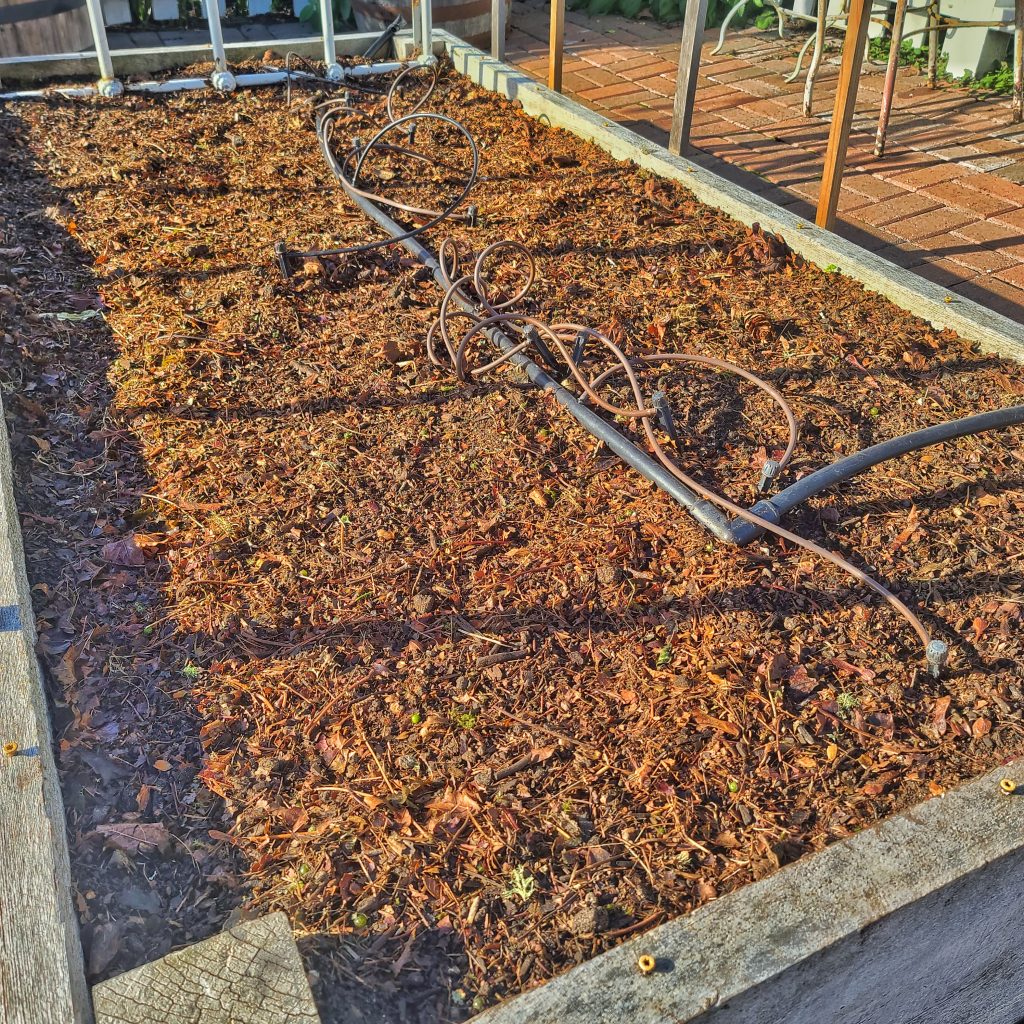
Apply a 2–4 inch layer around your garden beds, trees, shrubs, and even in containers. Just keep it pulled back from plant stems and tree trunks to prevent rot.
Using Leaf Mulch in Different Garden Areas
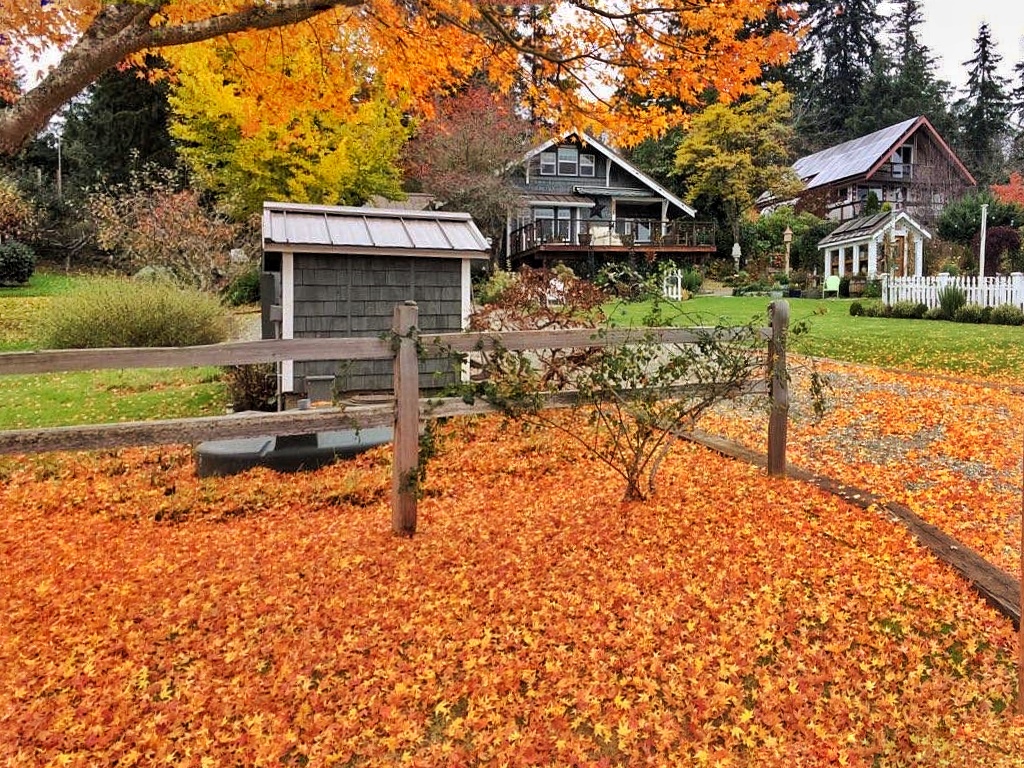
Leaves can be used as mulch around your garden, including trees and shrubs, garden beds, and container gardens, to provide various benefits such as moisture retention, weed suppression, temperature regulation, and soil improvement.
Quick Questions Gardeners Ask About Leaf Mulch
Can You Store Leaf Litter Mulch?
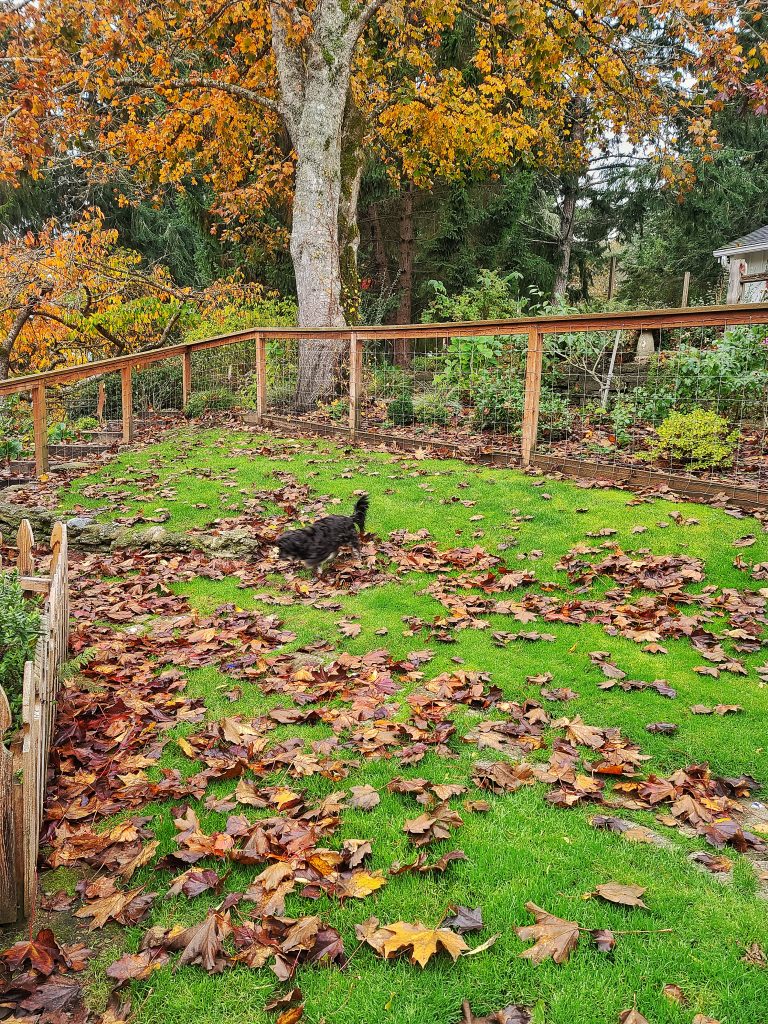
Yes! Pile it in a bin, cage, or even a corner of the yard. It will break down into “leaf mold,” an incredible soil conditioner.
How Much Leaf Mulch is Too Much in a Garden?
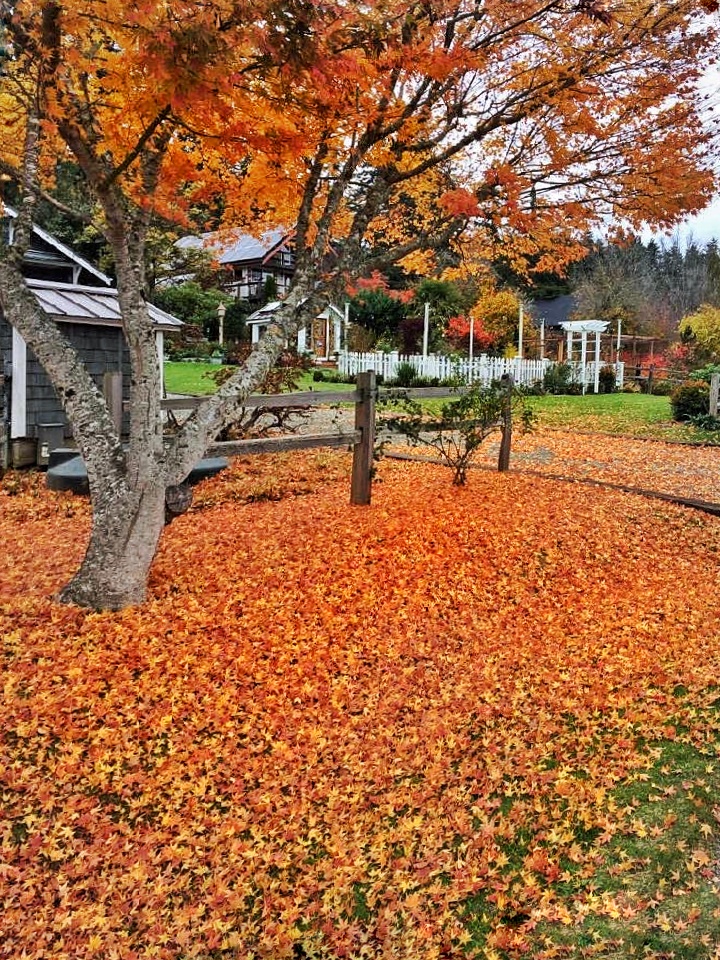
Stick with a layer of 2–4 inches. If the leaf mulch is too thick, it can mat down, suffocate roots, or attract rodents.
Does Leaf Mulch Turn Into Dirt?
Not dirt exactly, but it breaks down into rich organic matter that improves your soil.
Is it Better to Mulch Leaves Wet or Dry?
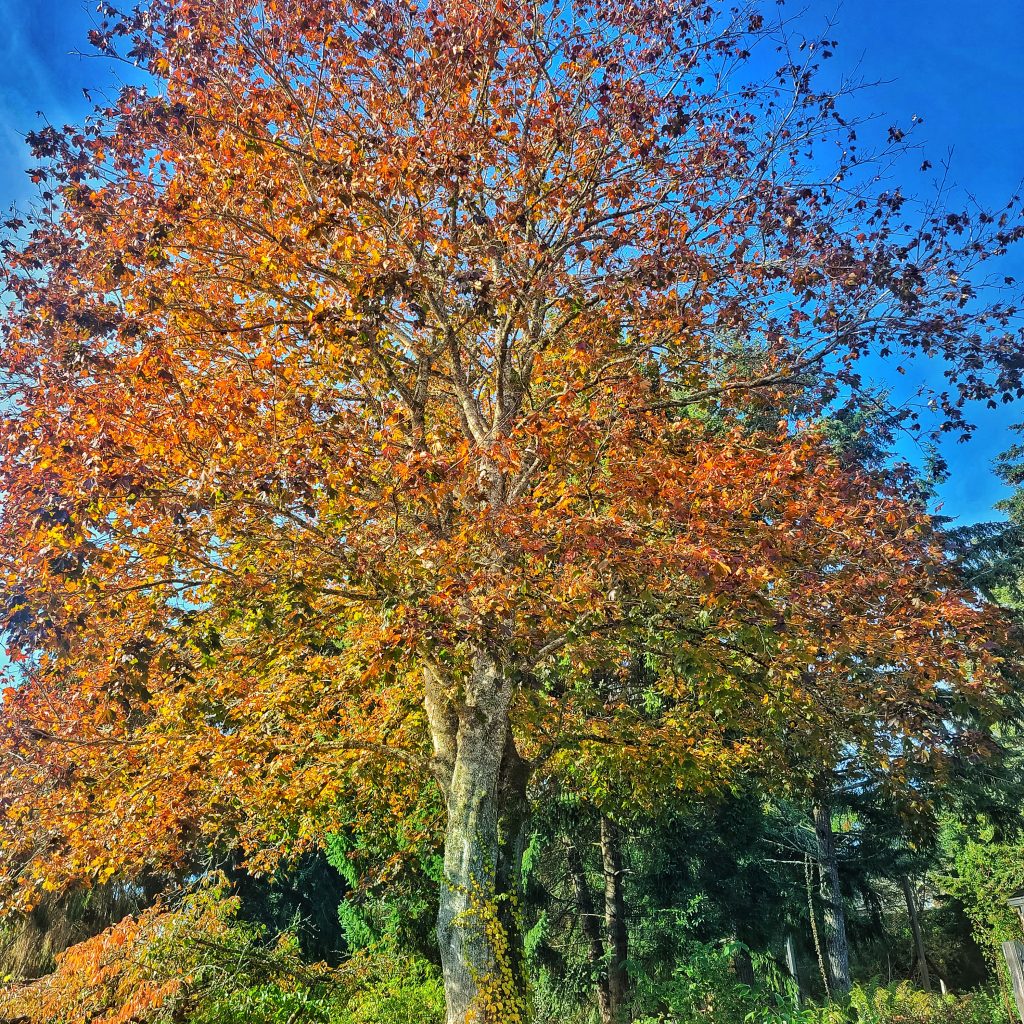
Dry leaves are easier to shred, but you can use wet leaves if you mix them with other materials to prevent clumping.
Does Leaf Mulch Attract Bugs?
Yes, but mostly beneficial ones, such as decomposers and pollinators. They’re part of a healthy garden ecosystem.
Final Thoughts on Leaf Litter Mulch
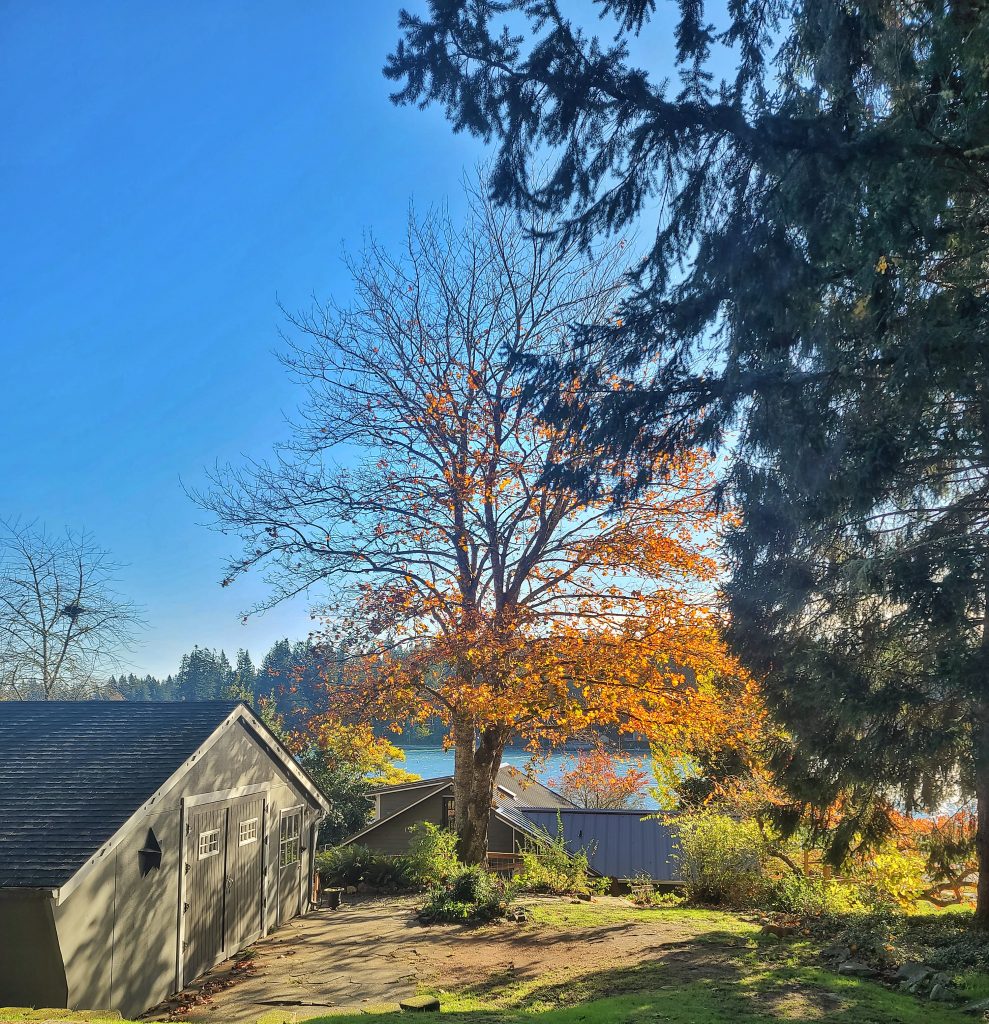
Using leaf litter mulch is one of the easiest, most sustainable things you can do for your garden. Instead of tossing those autumn leaves, put them to work. Your soil, plants, and pollinators will thank you next season.
Do you use leaves in your garden? I’d love to hear your experience in the comments! And if you found this post helpful, share it with a fellow gardener who’s tired of bagging leaves.
Until next time,
Happy Gardening!

I’m a self-taught hobby gardener. Everything I share on my blog is my opinion and what has worked for me.
MORE POSTS
For You To Enjoy
Follow Me for More Inspiration
Shop my Amazon Storefront, LTK sources, and my favorite home decor, garden, and lifestyle products. When you purchase from one of my links, I earn a small commission, which helps me continue sharing all the content you expect on my blog.
Be sure to follow me on Pinterest, Instagram, Facebook, TikTok and LIKEtoKNOW.it. Do you like gardening? Join my Facebook Gardening Tips & Tricks group.

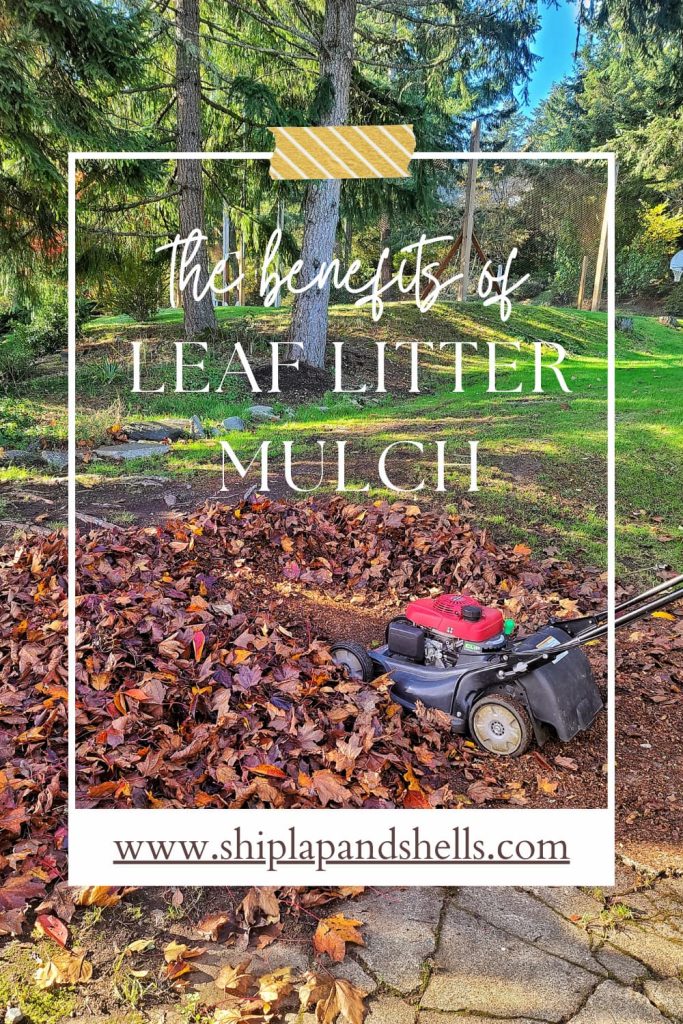

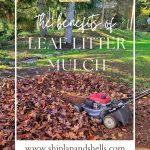
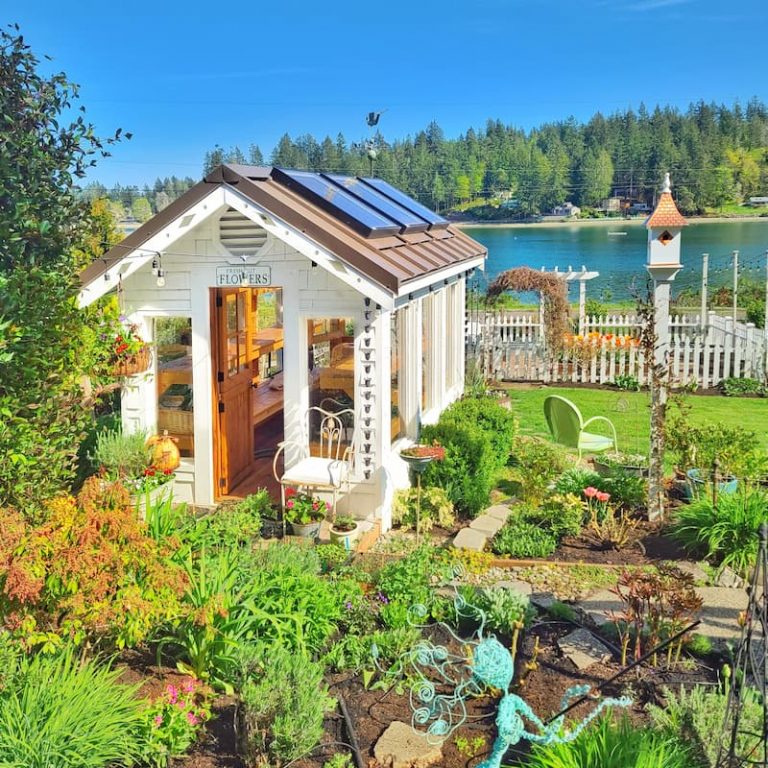
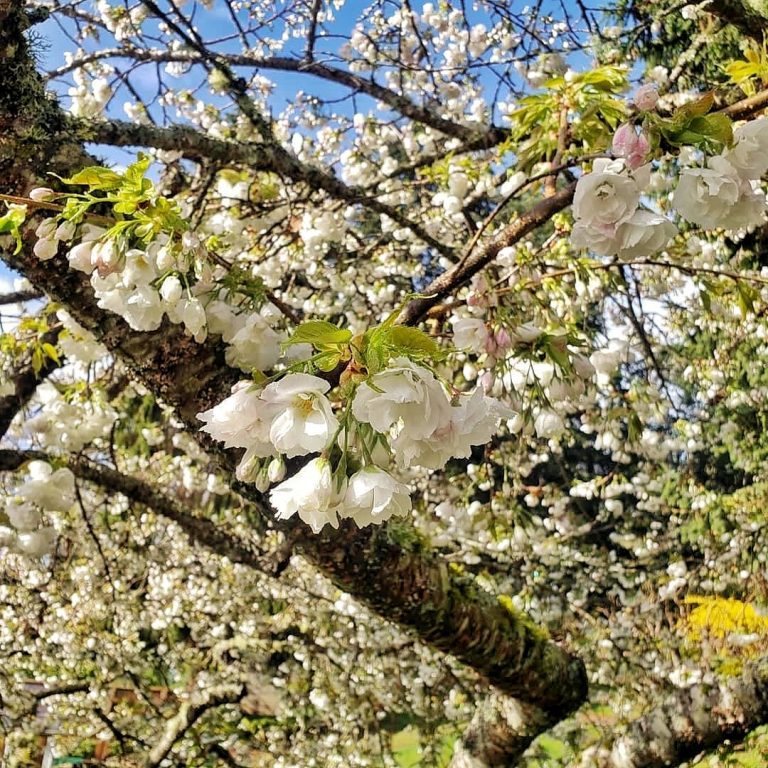
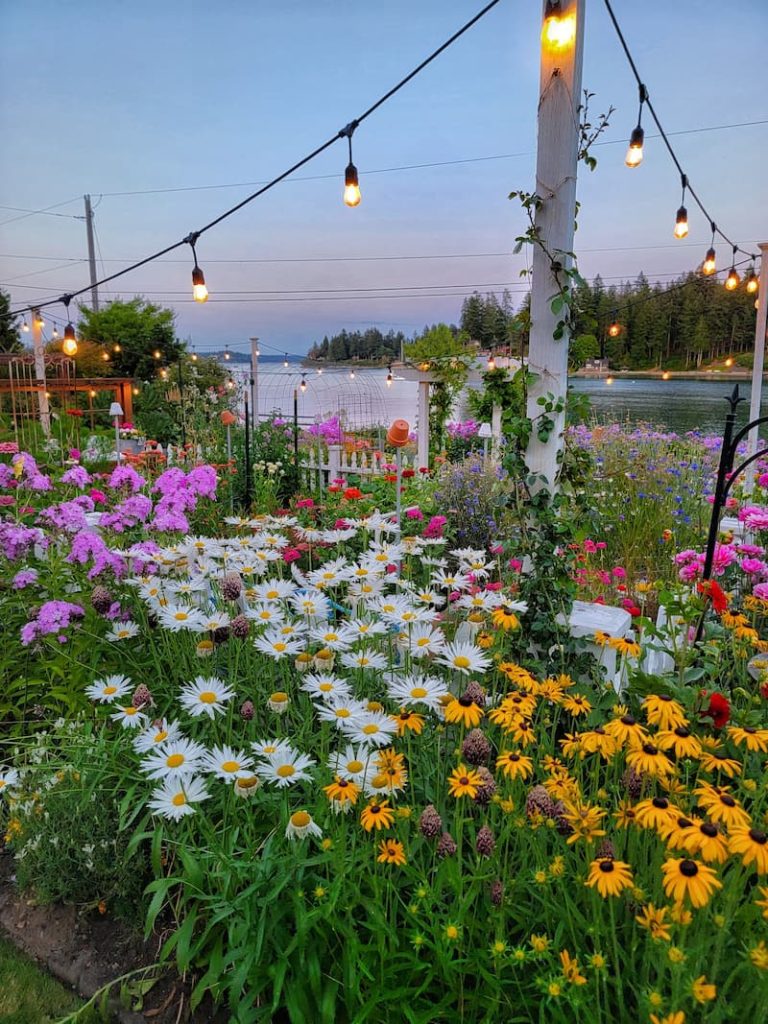
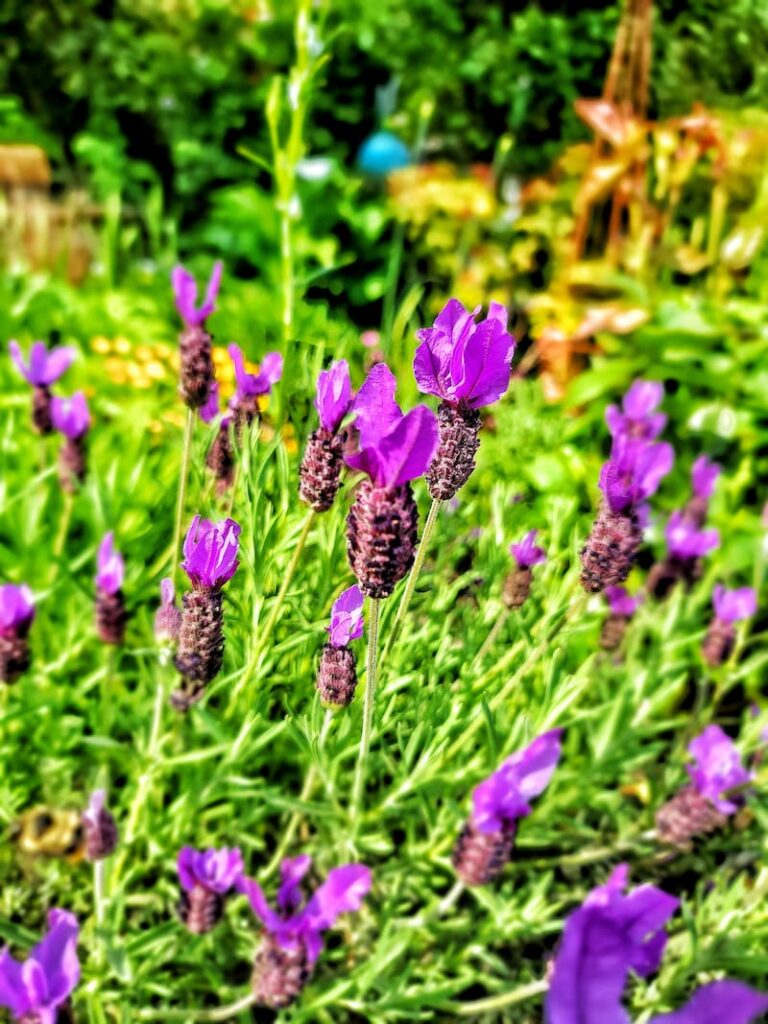
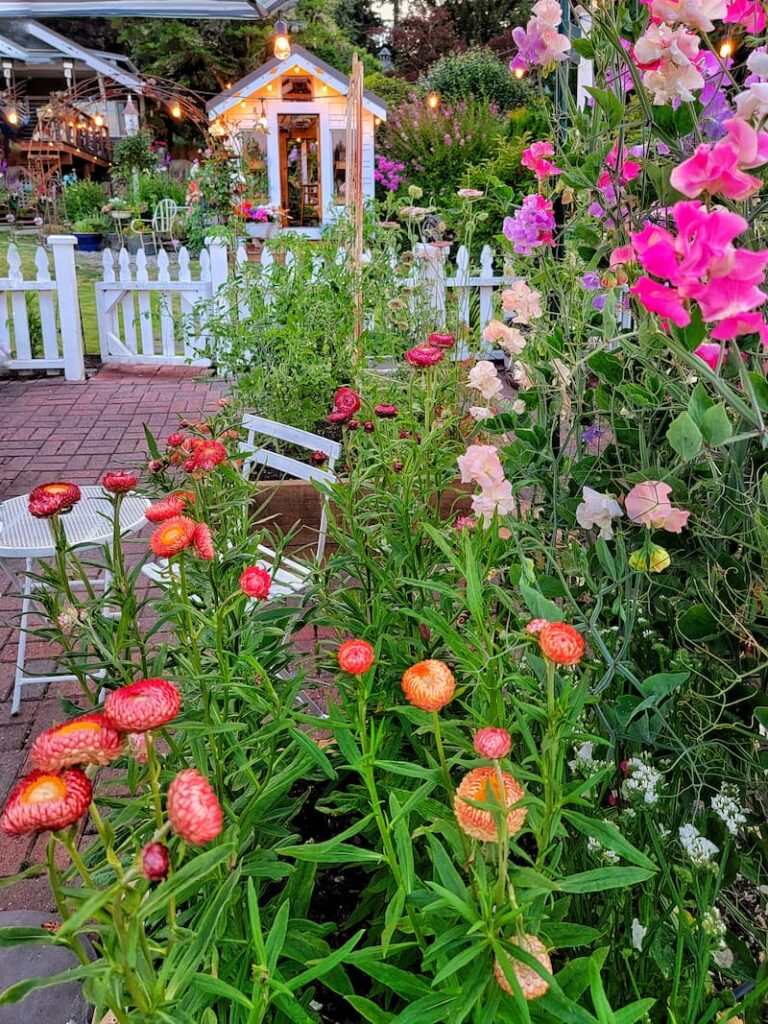

Hi! Love this idea, I happen to have been reading about it as well. Didn’t know I could shred leaves with a mower!
I want to pass along this info to my parents who have started a garden bed, but they’ve already added black mulch on top…. What should they do with the mulch, come fall, if they’re gonna try this method?
Hi Jackie!
I was so relieved when I found out we could actually do something productive with fallen leaves!
Fall is a great time to add the mulched leaves to your garden beds to protect perennials and spring bulbs from the winter weather. They can just add it to the top. The layers will protect the plants and the mulched leaves will eventually make it further down throughout the season with the rain and everything else going on. Hope that helps.
Love your post of the leaves they are so colorful. I live in the coast area of Texas and they are not that colorful but still don’t mind them. Enjoying your post they are so pretty.
Love this post Kim. I’m going to,share it on my Vermont Foliage home tour coming up??
Thank you, Ann! You have a lot of leaves in your yard I’m sure!
Great tips on leaf mulch Kim! Thanks for sharing! xo
Thank you, Stacy! I love how great it works to keep the dahlias snug as a bug during the winter months.
Great tips and beautiful photo’s.
You are so sweet Rebecca, thank you!
Wow Kim, this is so timely! I just tore down my strawbales and since we have so many leaves, I might just add some of these to all of my gardens. Thank you so much!!!
Oh good Chas! I know it will really help your garden.
Kim,
Thanks for allowing me to share this post. My share will be live on Sat. 11/21. Here is the link.
https://www.thepondsfarmhouse.com/dirt-road-adventures/
You are so organized and sweet to feature me Rachel. Thank you.
Such a great tip Kim.
Rachel
Thank you Rachel.